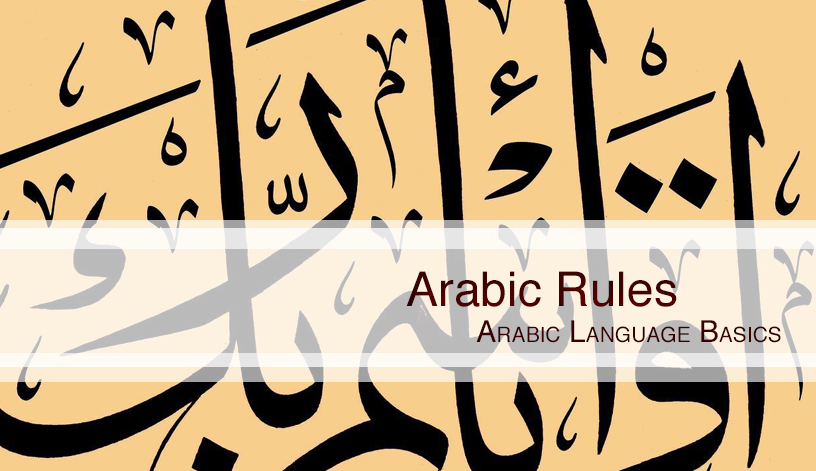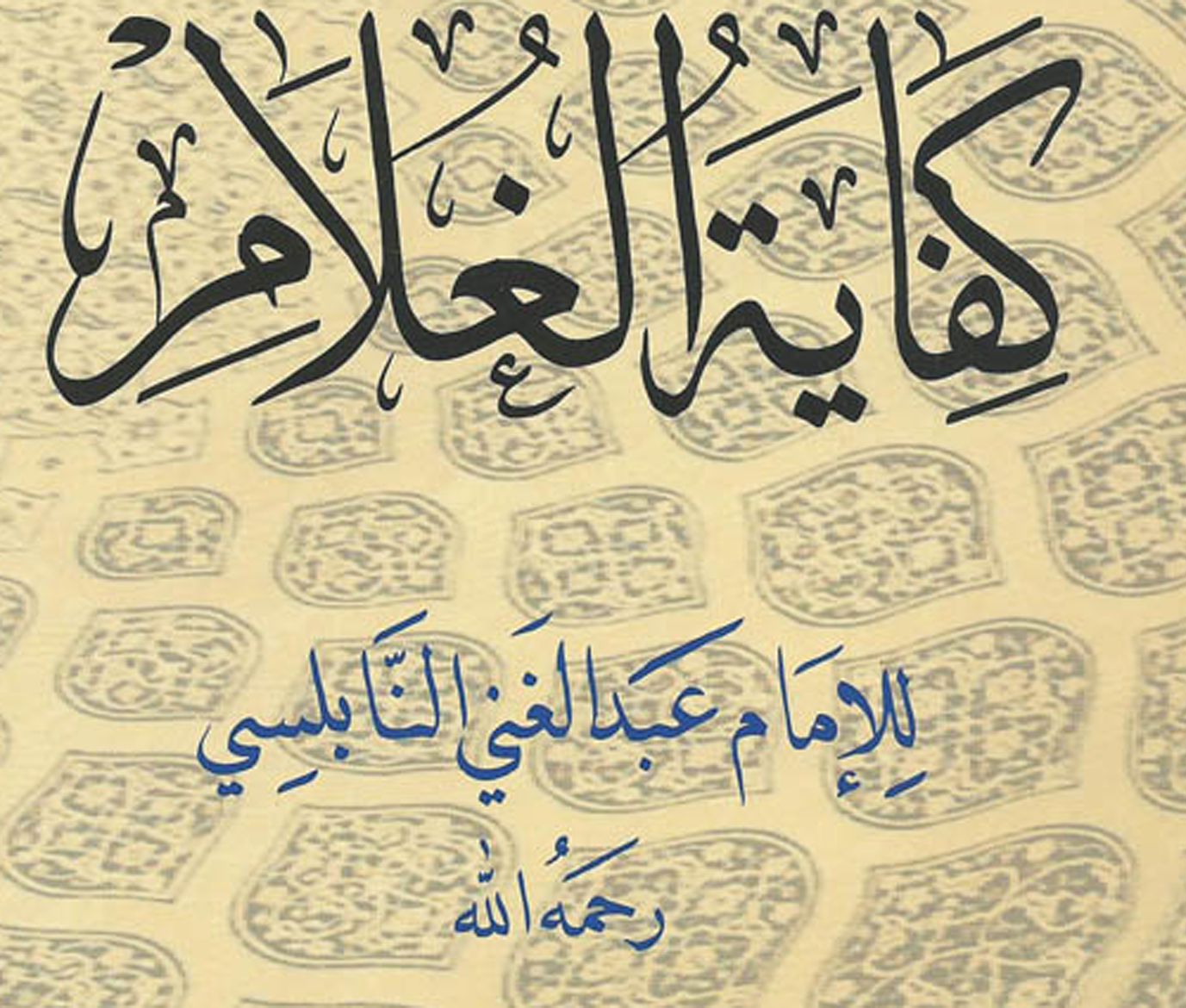Poetry, or shi’ar(الشعر) are a type of divisible speech, that follow certain patterns and rhythms.
Every line is called a bayt(بيت). The pattern of rhyme is called qafiyah(قافية).
A single bayt, is called Yatim(يتيم).
A poem composed of two bayts is called Nutfah(نتفة)
A poem composed of 2 to 6 bayts is called Qata'(قطعة)
A poem composed of more than 6 bayts is called a Qasidah(قصيدة).
Every bayt is divisible. These Divisions are called taf’ilat(تفعيلات).
The patterns of poems are based on the taf’ilat one finds in the bayt.
The set patterns of taf’ilat are called Buhur (pl. bahr). There are 16 Bahr(بحر).
15 recorded by Shakh Khalil al-Farahidi(175 h), 1 by Shaykh Akhfash (217 h)
The science that was developed in order to analyze these patterns is called the science of Urud.
| طويل يمد البسط بالوفر كامل | ويهزج في رجز ويرمل مسرعـا
|
| فسرح خفيف ضارعا تقتضب لنا | بما اجتث عن قرب لتدرك مطمعا
|
| # of taf’ilat | Tafi’lat | Key | Name |
| 4 | فعولن مفاعيلن فعولن مفاعل | طويل ُ ُ لهُ دونَ البحور ِ فضائلُ | البحر الطويل
|
| 3 | فــاعـلاتـن فــاعــلـن فــاعـلات | لمديـد ِ الشعـر ِ عـندي صـفـاتُ | البحر المديد
|
| 4 | مستفعلن فاعلن مستفعلن فعـل | إن البسـيط َ لديه ِ يبسـط ُ الأمـل ُ | البحر البسيط
|
| 3 | مُفَاعَلَتُنْ مُفَاعَلَتُنْ فَعُولُ | بُحُورُ الشِّعْرِ وَافِرُهَا جَمِيلُ | البحر الوافر
|
| 3 | مُتَفَاعِلُنْ مُتَفَاعِلُنْ مُتَفَاعِلُ | كَمُلَ الْجَمَالَ مِنَ الْبُحُورِ الْكَامِلُ | البحر الكامل
|
| 2 | مَفَاعِيلُنْ مَفَاعِيلُ | وَلِلْأَهْزَاجِ تَسْهِيلُ | البحر الهزج
|
| 3 | مُسْتَفْعِلُنْ مُسْتَفْعِلُنْ مُسْتَفْعِلُ | فِي أَبْحُرِ الْـأَرْجَازِ بَحْرٌ يَسْهُلُ | البحر الرجز
|
| 3 | فَاعِلَاتُنْ فَاعِلَاتُنْ فَاعِلَاتُ | رَمَلُ الْأَبْـحُرِ تَرْوِيهِ الثِّقَاتُ | البحر الرمل
|
| 3 | مُسْتَفْعِلُنْ مُسْتَفْعِلُنْ فَاعِلُ | بَحْرٌ سَرِيعٌ مَا لَهُ سَاحِلُ | البحر السريع
|
| 3 | مُسْتَفْعِلُنْ مَفْعُولَاتُ مُفْتَعِلُ | مُنْسَـرِحٌ فِيهِ يُضْـرَبُ الْمَثَلُ | البحر المنسرح
|
| 3 | فَاعِلَاتُنْ مُسْتَفْعِلُنْ فَاعِلَاتُ | يَا خَفِيفًا خَفَّتْ بِهِ الْـحَرَكَاتُ | البحر الخفيف
|
| 2 | مَفَاعِيلُ فَاعِلَاتُ | تُعَدُّ الْمُضَارِعَاتُ | البحر المضارع
|
| 2 | فَاعِلَاتُ مُفْتَعِلُ | اِقْتَضِبْ كَمَا سَأَلُوا | البحر المقتضب |
| 2 | مستفع لن فاعلاتن | إن جُثّت الحركاتُ | البحر المجتث |
| 4 | فعولن فعولن فعولن فعولن | عن المتقاربِ قال الخليلُ | البحر المتقارب |
| 4 | فعلن فعلن فعلن فعلن | حركاتُ المحدث تنتقلُ | البحر المتدارك |
The Science of analyzing and writing poetry based on these divisions is the science of Urud(عروض).
This science as we know it today, was structured by Khalil ibn Ahmad, al-Farahidi al-Azdi al-Basari, one of the great scholars of Nahw and Arabic Prose. It was further analyzed and refined under the great Nahw scholar Akhfash, both of whom greatly influenced the most famous Nahwi, Sibawayh.
Learning the science of Urud allows one to properly analyze poems written before and after the time of Khalil, and allows one to express themselves and understand the expressions of others in the most beautiful of ways.
As Muslims, we are expected to understand that the Quran is miraculous, from Allah, and not a poem. Only by learning the science of Urud can we truly understand what makes Quran different from poetry.
Poetry is closely related to the sciences of Qira’ah, Maqamat, Nahw, and Music. It developed with these sciences side by side.



